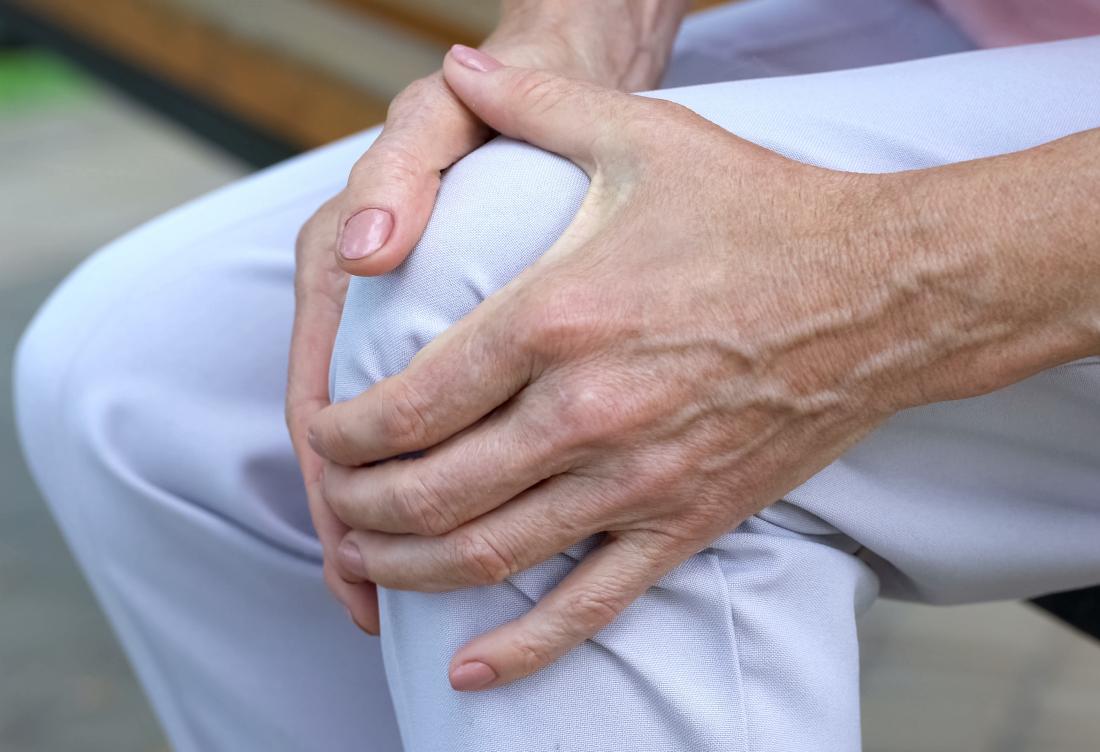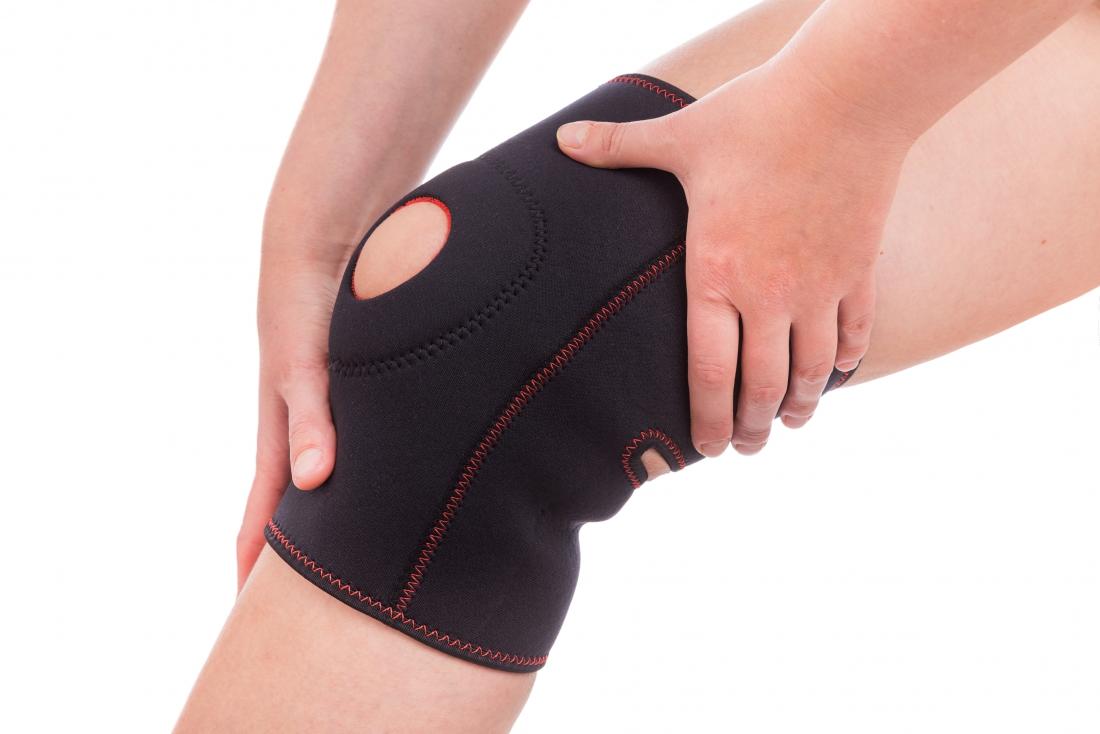Arthritis knee Treatment Methods
Arthritis knee Treatment Methods
Types, Causes, Symptoms, Diagnosis, Treatments and home remedies, Things to avoid, Other causes of knee pain.
Knee Arthritis is very painful while walking, standing, sitting, getting up. Pain, Swelling stiffness in the joints are some of the symptoms that occurs when a person is diagnosed with this condition.
The knee joint is like a hinge joint, named by the movement that is quiet similar to the opening and closing of a door.
The joint consists of three main bones, where two bones meet, each bone has a protective covering of cartilage. Additional pieces of cartilage, known as the meniscus, further support the knee.
All of these protective pieces of cartilage keeps the bones in the knee from rubbing together. If this happens, it can be very painful.
The daily demands on the knee and its potential for injury make it a common cause for arthritis damage. Different types of arthritis exist, and the type determines which treatment a physician recommends.
Types
According to the American Academy of Orthopaedic Surgeons (AAOS), there are over 100 types of arthritis, and some of them are common in the knee.
Types
Osteoarthritis
 Knee arthritis can have many causes
Knee arthritis can have many causes
Osteoarthritis (OA) is the most common type of knee arthritis.
It happens when the protective cartilage that covers the bones wears away.
As the cartilage erodes, the bones of the knee joint start to rub together.
This causes bone spurs to develop on the ends of the bones. Bone spurs may be painful and can limit a person's movement.
Find out more here about osteoarthritis of the knee.
Post-traumatic arthritis
Osteoarthritis

Knee arthritis can have many causes
Post-traumatic arthritis
Old injuries to the knee and surrounding joints can continue to affect a person and cause post-traumatic arthritis, a type of arthritis that can develop after an injury.
The injury causes extra wear to the knee joint, leading to osteoarthritis. There may be painful swelling in the knee joint.
Gouty arthritis
Gout is a form of arthritis in which uric acid crystals collect in the joints, including the knee joint. Uric acid is a waste product that forms when body tissues break down.
The crystals are like tiny needles to the knee joint. They can trigger inflammation, pain, and swelling.
Gouty arthritis
Rheumatoid arthritis
Rheumatoid arthritis (RA) is an autoimmune disorder. This means the body's immune system attacks healthy cells.
The condition tricks the body into thinking healthy tissues, such as protective cartilage, are harmful. As a result, the immune system destroys and damages these tissues. This can eventually destroy the joint.
RA can also cause joint swelling and soften the knee bones.
Causes
Each type of arthritis in the knee has different causes.
Osteoarthritis
Doctors consider OA a "wear-and-tear" condition, because the use of the knee joint eventually wears out the cartilage. OA usually appears after the age of 50 years because it involves overuse.
Gouty arthritis
getting older
- having a family history of gouty arthritis
- being male, as it more often affects men
- obesity, as excess weight means there is more tissue that can be broken down into uric acid
- using certain medications
Gout often starts in the big toe. A person may also have kidney stones and lumps under the skin.
Rheumatoid arthritis
Doctors do not know exactly what causes RA, but genetic factors may play a role.Post-traumatic arthritis
Post-traumatic arthritis is a type of OA that stems from a previous injury to the knee joint, such as a sprain or a cartilage tear.
Symptoms
Symptoms commonly linked to knee arthritis include:
crepitus, a clicking or popping of the knee joint with movement pain that seems to be weather-related and gets worse with rain stiffness swelling weakness in the knee joint that may cause it to buckle
Warmth and redness over the joint are often symptoms of gouty arthritis, but these can occur with almost any kind of arthritis depending on the degree of inflammation.
Knee arthritis symptoms typically worsen over time.
Later-stage arthritis symptoms may include visible joint deformities and stiffness that makes movement very difficult. However, severe symptoms of knee arthritis can appear suddenly.
Diagnosis
Doctors diagnose knee arthritis through a physical exam, imaging studies, and lab testing.
First, a doctor will review a person's medical history. Next, they will examine the knee by looking at it, touching it, and asking the person to walk on it, if possible.
The doctor will look for possible signs of arthritis and injury around the knee and elsewhere, as some forms of arthritis often affect other areas of the body.
They will also consider where in the body a person experiences their arthritis. Some types of arthritis tend only to affect one knee while others usually affect both knees.
A doctor will also recommend imaging studies to look for changes in the knee joint.
Examples include:
- an X-ray
- a CT scan
- an MRI scan
The last two scan options help a doctor identify damage to the soft tissues surrounding the knee bones.
Lab tests for rheumatoid factor, an antibody that often occurs in people with RA, can help to confirm a diagnosis of RA.
A uric acid test can help to diagnose gouty arthritis.
Treatment and home remedies
Doctors often treat early signs of arthritis with at-home care to lessen pain and prevent the symptoms from getting worse. In time, a person may need stronger medication or surgery.
Home therapies

A knee support may help to reduce discomfort.
Examples of knee arthritis care at home include:
- losing weight if appropriate
- favoring low-impact exercises over high-impact ones
- applying heat or ice to the knee joint to reduce inflammation
- using physical therapy exercises to strengthen the muscles around the joint and improve flexibility
- taking over-the-counter pain relief medication, such as acetaminophen (Tylenol) or a non-steroidal anti-inflammatory drug(NSAID), such as ibuprofen.
- wearing a knee brace or wrapping an elastic cloth bandage around the knee.
Alternative therapies
Examples include:
Acupuncture: A professional inserts thin needles at specific points on the body.
Balneotherapy: This involves soaking the knee joint in warm mineral spring water.
Transcutaneous electrical nerve stimulation (TENS): A machine applies a weak electrical current to points on the skin.
However, there is no evidence to prove that these work for all people with arthritis.
Medication
If home and self-help options do not work and symptoms get worse, a person may need medical treatment.
Duloxetine (Cymbalta) is an antidepressant drug that may help with chronic pain.
Capsaicin, which comes from chilli peppers, is present in some topical creams and ointments.
Hyaluronic acid injections increase the viscosity of joint fluid and may help with osteoarthritis.
Risedronate (Actonel) is a treatment for osteoporosis, but it may help to preserve the cartilage.
All of these drugs can have adverse effects. A person should speak to their doctor about which one is suitable for their condition.
Capsaicin creams and ointments are available for purchase online, but they may cause redness and pain when you apply them. People should not use them if they have another health condition.
DMARDS for rheumatoid arthritis
People with RA, an auto-immune disease, may need drugs that affect the whole system, and not only the knee joint.
A doctor may recommend one of a new class of drugs, known as disease-modifying antirheumatic drugs (DMARDs).
These include:
- hydroxychloroquine sulfate (Plaquenil)
- leflunomide (Arava)
- methotrexate (Rheumatrex)
- mycophenolate mofetil (CellCept)
- sulfasalazine (Sulfazine)
- tofacitinib (Xeljanz)
Doctors can also use corticosteroid injections to reduce inflammation in the knee joint. However, these usually offer only short-term pain relief, and long-term use can have adverse effects.
Surgery
Knee surgery is typically the last-resort treatment for knee arthritis.
Examples of these procedures include:
Arthroscopy: A surgeon inserts small instruments into the knee to find out about possible areas of damage. At the same time, they can remove any damaged bone fragments from the knee or flush out the joint in an attempt to reduce pain. If there is a tear in the meniscus or ligaments around the knee, the doctor may be able to repair these areas at the same time.
Cartilage grafting: A doctor can take cartilage from another area of the body and graft it around the knee bones.
Total or partial knee replacements: The surgeon removes the damaged knee joint and replaces it with a metal or plastic joint, which should work as the original knee joint would.
Things to remember

Rest is important, but it is also important to keep active as far as possible to prevent stiffness.
There are some things a person with knee arthritis should think carefully about.
Staying active: Stopping all physical activity can lead to stiffness and muscle weakness, and a reduction in the range of motion in the joint. Find out more here about suitable exercises for people with knee arthritis.
Resting the knee is straight position is very important, however, during pain flare-ups and after performing physical exercises.
Corticosteroid injections can relieve inflammation, but a person should not have an injection more than three to four times a year.
Corticosteroid injections can affect multiple organ systems and cause osteonecrosis, the death of bone tissues. They might also weaken the protective cartilage around the knee joint.
People should always talk to their doctor about side effects before receiving these injections.
Other causes of knee pain
Arthritis is not the only cause of knee pain. Some other conditions have similar symptoms.
Examples include:
- illnesses that affects the whole body such as lupus, or sepsis, a severe infection
- inflammation around the joint, such as the tendons
Anyone who has persistent knee pain, especially with swelling, should consult a doctor.




Post a Comment